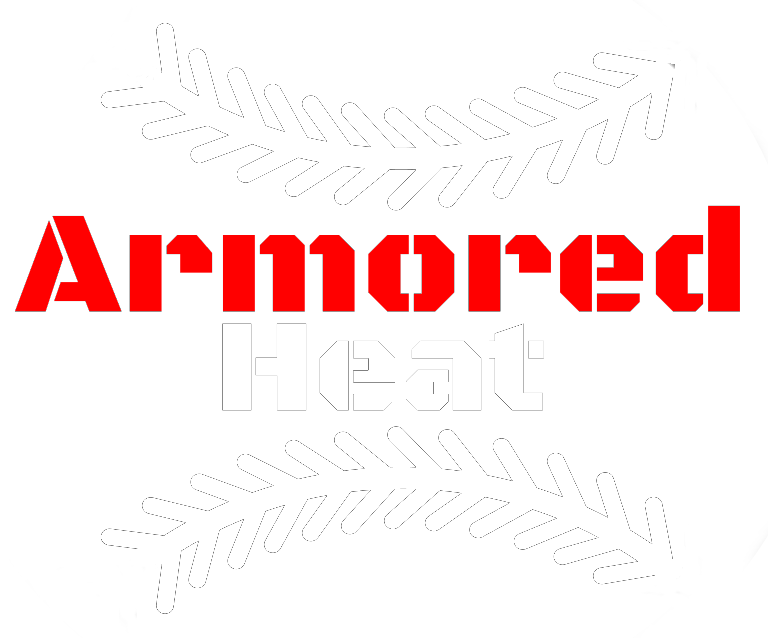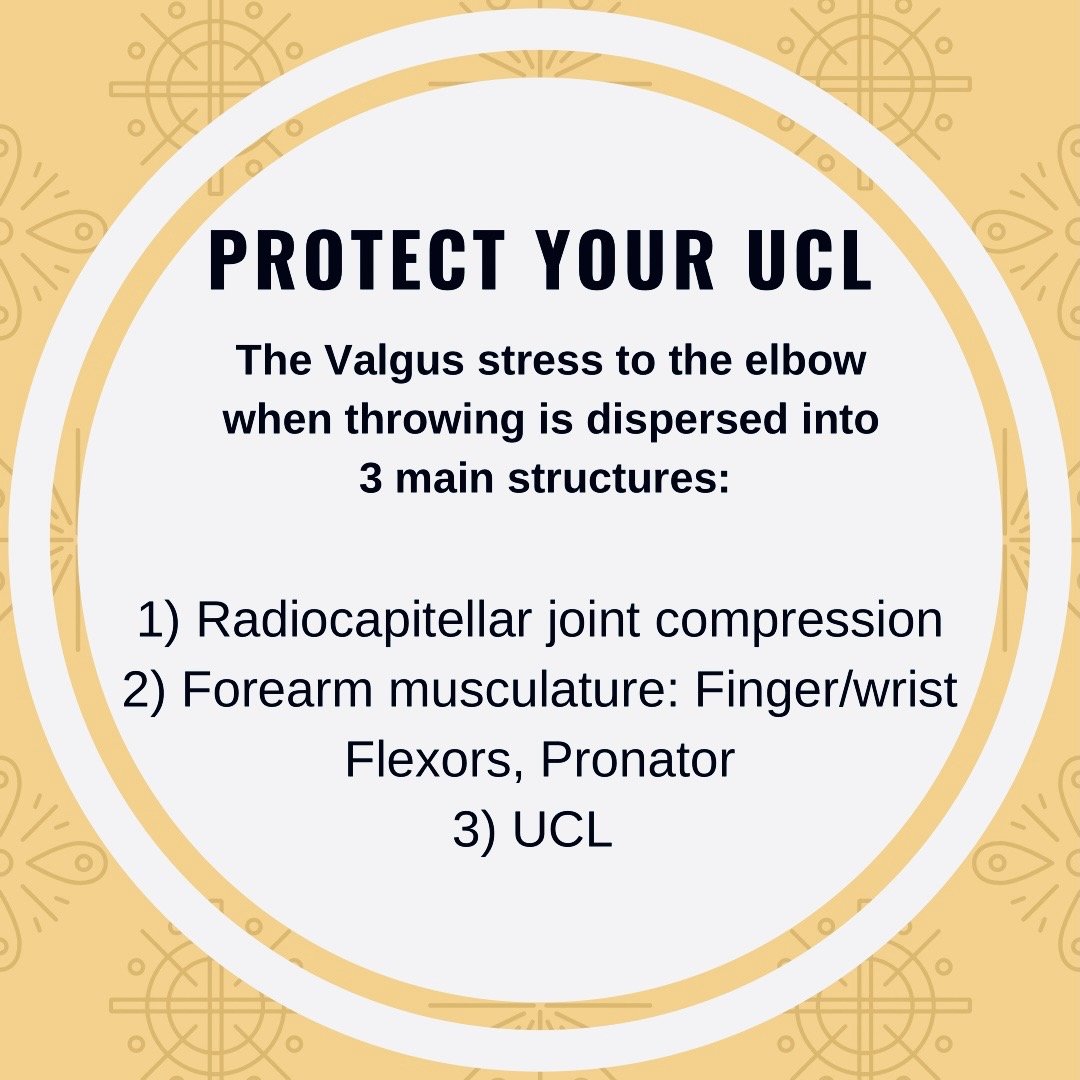How to Protect Your Throwing Elbow/UCL
It is no secret that elbow injuries, specifically UCL injuries, have been on a rise in recent years. The reason for this is so multi-factorial that it is impossible to pinpoint any 1 reason for an injury. With the constant improvement in the development of pitchers, both coaching and S&C, we are seeing an increase in velocity across all levels of baseball. This, in turn, leads to more forces being passed through the medial elbow. There are really 3 proactive actions we actions we can take to counteract this:
1) Address pitching mechanics if there are deficiencies
2) Appropriately mange chronic/acute workload
3) Increase the capacity and stress the elbow can handle
We will specifically dive in to the 3rd component of this in this thread. In short, the answer is simple, GET STRONG.
3 Ways Elbow Valgus Stress get dispersed
We will stay on theme on trying to simplify more complex concepts while still relaying accurate and applicable information. The are 3 ways the elbow will mechanically disperse the valgus force of a throw
Radiocapitellar Joint Compression
When a valgus stress is applied to the elbow, it is attempting to open up or gap the medial (inside) portion of the elbow. This is also the testing for a UCL injury. While this force is trying to gap the medial portion of the elbow, it is also compressing the lateral side. When the radius and humerus compress, this acts as a stopping point for the elbow going into that valgus motion.
Forearm Musculature
In addition to the UCL on the medial side of the elbow, there is also a group of forearm muscles that span that area and attach to the same portion of the elbow, the medial epicondyle. These muscles include: Pronator Teres, Flexor Carpi Ulnaris, Flexor Carpi Radialis, Flexor Digitorum Superfiscialis, and the Palmaris Longus. With that specific attachment to the medial epicondyle and their respective distal attachments, these do a great job of accepting the valgus force and protecting the UCL. There is some research that states FCU does the best job of the muscles listed, but we believe the best action is to strengthen all of them. The best ways to attack this are with movements including: finger flexion, wrist flexion, Ulnar deviation (moving pinky towards medial elbow), and Pronation of the forearm. Interestingly enough, the effectiveness of this protection mechanism is displayed post-injury when some athlete’s instinctively “guard” their elbow and contract their forearm when UCL testing is being performed. This can result in false negative testing in some cases. There is also an argument to be made that triceps can help to protect the elbow as a compressor of the joint, but we have not seen research addressing this.
Ulnar Collateral Ligament (UCL)
What doesn't get absorbed by the first 2 structures, gets placed on the UCL. Previous research has shown that the UCL, with no other structures involved, is able to withstand ~35 nm of of force before failure. The problem is, every pitch produces far more than 35 nm valgus load. This displays just how important the previous mechanisms are in protecting the UCL. Yes, over time the body can make adaptations the UCL to increase resilience, but the point remains the same.
Illustration of Flexor Carpi Ulnaris
Take Away
This brings us back to our initial point of GET STRONG. We hope to have given more information on exactly what muscles to strengthen and on the mechanism of the elbow accepting valgus load.
We want to stress that this is only one piece of the puzzle and that pitching mechanics and load management also play a huge role in elbow health.
If you are looking for the best Arm Care Program available, check out Armored Heat Pro which is an App based Program with video/written instructions of each exercise and progressions every 2 weeks to maximize gains


